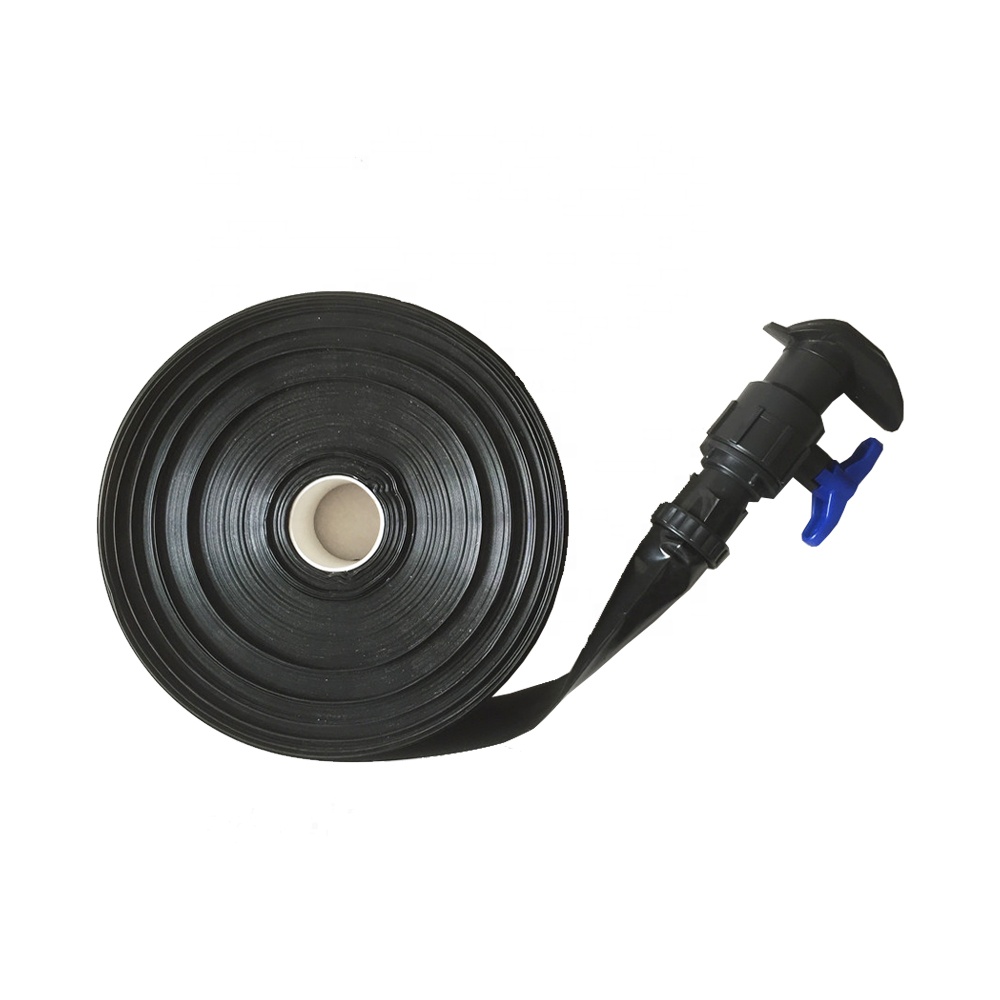Preventing clogging in rain hose, also known as porous soaker hose or porous pipe, is essential to maintain efficient irrigation and ensure uniform water distribution.
Here are some effective methods to prevent clogging:
- Proper Filtration: Install a filtration system at the water source to remove sediment, debris, and other particles from the water before it enters the rain hose. A filter with a fine mesh or screen can help prevent clogging by trapping larger particles that could otherwise accumulate in the hose.
- Regular Cleaning: Periodically inspect and clean the rain hose to remove any accumulated debris, algae, or mineral deposits that could obstruct the pores or openings. Use a soft brush, sponge, or cloth to gently scrub the surface of the hose and flush out any debris with water.
- Flush Before Use: Before each use, flush the rain hose with clean water to dislodge any debris or sediment that may have accumulated since the last use. This helps ensure that the pores remain clear and allow for uninterrupted water flow during irrigation.
- Avoid Chemicals: Avoid using chemical fertilizers, pesticides, or other additives in the irrigation water that could clog the pores or degrade the material of the rain hose. Opt for organic or natural alternatives whenever possible to minimize the risk of clogging and maintain the integrity of the hose.
- Proper Installation: Ensure proper installation of the rain hose, including positioning it on level ground and securing it with stakes or anchors to prevent movement or kinking. Avoid sharp bends or twists in the hose that could restrict water flow or cause damage to the hose material.
- Adjust Water Pressure: Monitor and adjust the water pressure to an appropriate level for the rain hose to operate efficiently without causing excessive stress or deformation. Excessive pressure can lead to damage or rupture of the hose and increase the risk of clogging due to high velocity flow.
- Mulch or Cover: Apply a layer of mulch or ground cover over the rain hose to protect it from sunlight exposure, which can degrade the material over time and contribute to clogging. Mulch also helps maintain soil moisture and reduce evaporation, enhancing the effectiveness of irrigation.
- Regular Maintenance: Implement a routine maintenance schedule for the rain hose, including regular inspection, cleaning, and repair of any damage or leaks. Promptly address any issues to prevent them from worsening and causing clogging or inefficiencies in irrigation.
By following these preventive measures, you can minimize the risk of clogging in rain hose and ensure consistent and effective irrigation for your plants.
